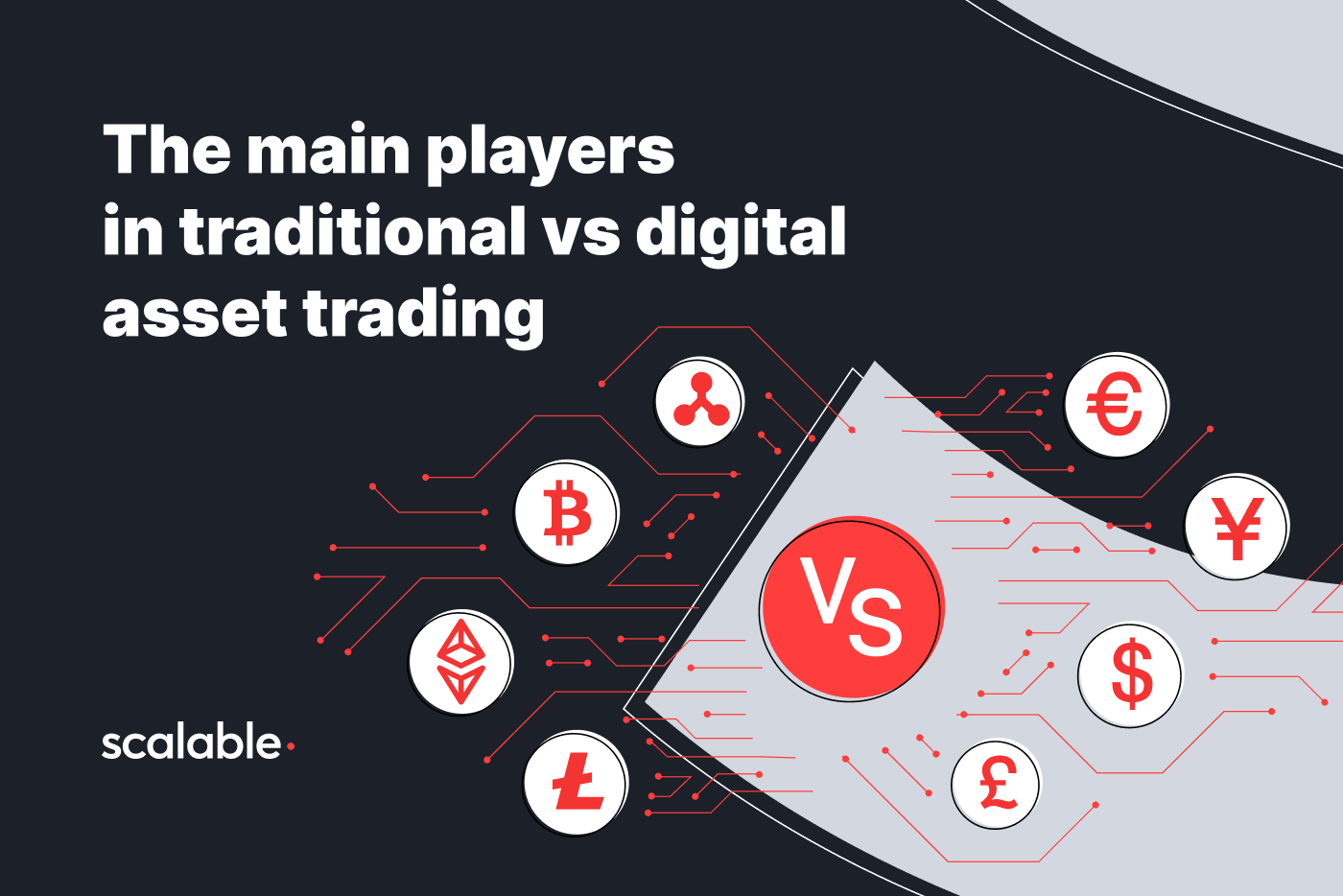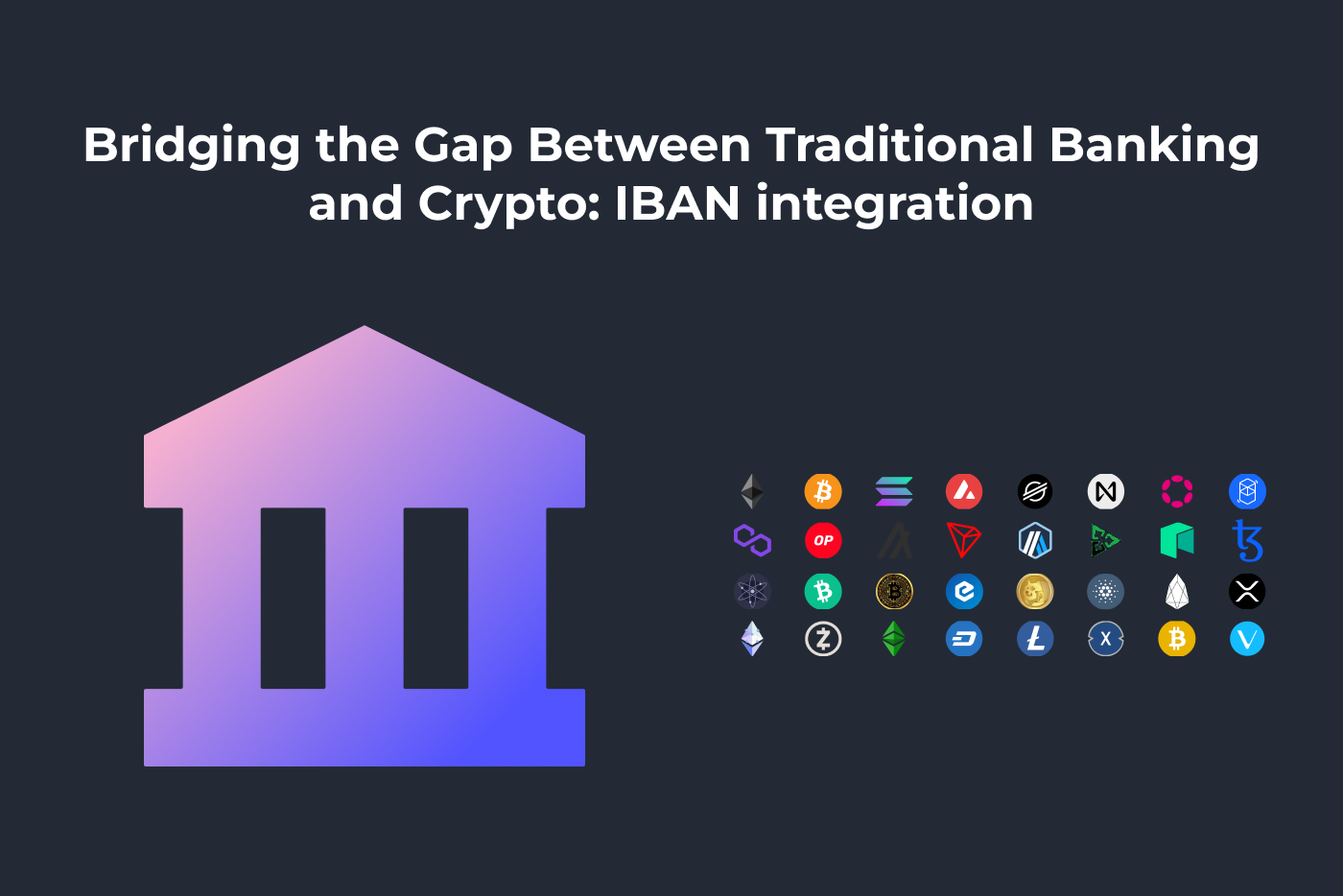
Let’s explore the main roles and relationships in the traditional finance industry versus the main roles and relationships in cryptocurrency trading. From market makers and liquidity providers to retail investors, explore more below.
Market makers are common players in quote-driven financial instrument trading, such as the traditional and cryptocurrency markets. They act as intermediaries between buyers and sellers, quoting both sides of the order book for a determined asset pair.
Similarly to market makers, liquidity providers act as intermediaries, the main difference being that they intercede between brokers and market makers. Brokerage companies need to be able to provide traders with large order books, yet low volume leads to price slippage. Liquidity providers connect brokers to large financial institutions to feed order books, enabling a low-spread trading experience.
Market makers and liquidity providers are only a few in a range of institutional investors that exist in both legacy and the cryptocurrency worlds. Professional traders, institutions (investment funds, mutual funds, pension funds), brokers and high net-worth individuals are also part of the most prominent actors in this category, and play an important role in the development of financial markets.
Retail investors, on the other hand, fall under a category mainly composed of small private users that are taking their first steps in the industry.
Market maturity
Stocks have been around for much longer than crypto. Hundreds of years compared to a mere decade make stock markets more mature. Backed by governments and regulated by a number of institutions, stock exchanges and ecosystem participants need to adhere to several regulations before even setting foot in the market. Publicly traded companies are required to present financial statements — usually quarterly — to help investors make the most informed decisions. This slowly-achieved maturity helped stock exchanges to have high volumes, low fees, diversity of trade, risk mitigation, and more.
Cryptocurrency markets, on the other hand, are still young and afflicted by a myriad of risks — born out of low (inorganic) volume, and are years behind stock markets. Nevertheless, the market attracts investors of all sizes with its innovative technology and fast growth.
Market volatility
As a consequence of their immaturity, cryptocurrency markets are more volatile than their stock counterparts. However, volatility can be seen as two faces of the same coin. Stable markets limit the downside risk, yet they also limit potential rewards. Cryptocurrency markets can thereby provide both higher expected returns and bigger downside risks. These risks can be exacerbated by the user vulnerability to big ‘whales’ controlling the market. Still, some alternatives exist to potentially protect user’s assets; hedging — a risk mitigation strategy most commonly exercised with derivatives -, and stop orders — market orders designed to limit downfall in the event of adverse movements on asset prices are two of the most common.
Arbitrage opportunities
In its most basic form, arbitrage is a risk-free strategy that involves buying the same asset in different markets to take advantage of price difference. Arbitrage opportunities in any given asset landscape are a direct result of the number of markets. As the number of markets for any given asset — say BTC — increases, so does the potential different prices, resulting in enhanced arbitrage opportunities.
As we explained above, traditional stocks are highly regulated, so the number of markets is inherently limited. Cryptocurrency regulations are the opposite — country-level regulations are still nascent, so the requirements needed to be met in order to set up a cryptocurrency exchange/market are fewer than that of the stock market. This has allowed for thousands of crypto exchanges to be set throughout the world, making it an attractive landscape for arbitrageurs.
Even so, as the number of cryptocurrency exchanges grow, so do user and regulatory demands towards them. Scalable Solutions caters to digital asset exchanges globally and understands the regulatory aspects that need to be taken into account when setting up and running an exchange. One of our aims is to get blockchain technology ready for highly regulated financial institutions.
Read on to learn more:
7 Recommendations For Choosing a Cryptocurrency Exchange
Scoring of a Cryptocurrency Exchange: How to Hold Top Positions in the Rankings

